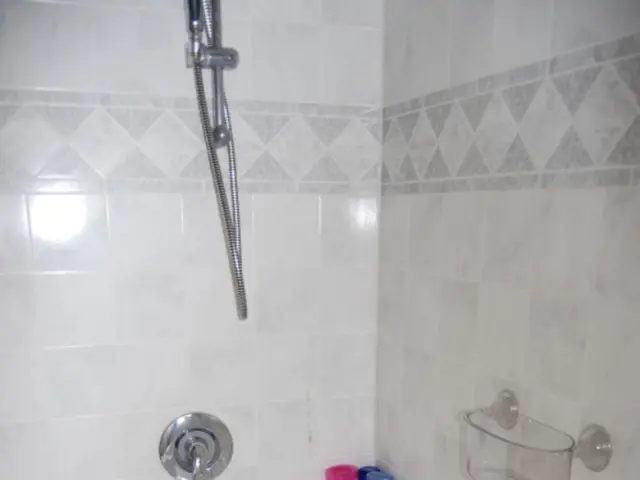A damaged intervertebral disc leading to its splitting or cracking, hence the term "ruptured disc."
A ruptured disc, also known as a herniated disc with a tear in the outer layer, can cause a range of symptoms such as lower back pain, neck pain, numbness or tingling in the arms or legs, muscle weakness, and difficulty with movement. This article aims to provide an overview of the treatment options, prevention tips, and recovery process for those dealing with a ruptured disc.
Treatment for a ruptured disc can vary and may include physical therapy, medications, injections, or surgery. Physical therapy can be used to design a personalized exercise program to strengthen the muscles around the spine and improve flexibility. Incorporate exercises that focus on core strength, flexibility, and balance. Over-the-counter pain relievers, such as ibuprofen or acetaminophen, can help manage pain. In severe cases, surgery such as discectomy or spinal fusion may be necessary.
Recovery time can vary widely based on the severity of the rupture and the treatment method used. The recovery timeline consists of an initial phase (1-2 weeks) where rest is crucial, a rehabilitation phase (3-6 weeks), and a long-term recovery phase (6 weeks to several months). During the rehabilitation phase, physical therapy, medications, and injections are common treatment options.
Lifestyle changes can help manage a ruptured disc and prevent further complications. Maintaining a healthy weight, practicing good posture, staying active, using proper lifting techniques, and listening to your body are effective prevention tips. Occupations and activities that increase the risk of a ruptured disc include those involving heavy lifting, repetitive bending or twisting, prolonged sitting or standing with poor posture, and high-impact physical labor such as construction work, manual handling, and intensive physical labor jobs in logistics or agriculture.
It is essential to seek medical attention if you experience severe pain, numbness, or weakness that affects your daily activities. Early intervention can help prevent further complications. In some cases, a ruptured disc may not require surgery, and many individuals find relief through conservative treatments such as physical therapy and medication.
Interestingly, ruptured discs are not just a human concern. Dogs can also suffer from ruptured discs, particularly in their neck or back. If you experience persistent pain or discomfort, consult a healthcare professional.
Regular physical activity can help reduce the risk of a ruptured disc. Corticosteroid injections can reduce inflammation and alleviate pain. Spinal fusion may be recommended to fuse two or more vertebrae together to stabilize the spine. Lifestyle changes, such as maintaining a healthy weight, engaging in low-impact exercises, and listening to your body, are key to managing and preventing a ruptured disc.
In summary, a ruptured disc can be treated through a combination of non-surgical and surgical options. Early intervention, maintaining a healthy lifestyle, and practicing proper lifting techniques can help manage and prevent a ruptured disc. Always consult a healthcare professional if you experience persistent pain or discomfort.







